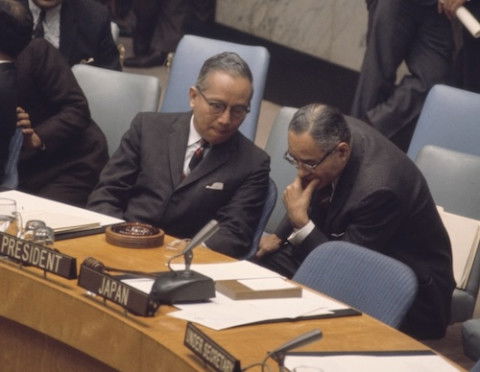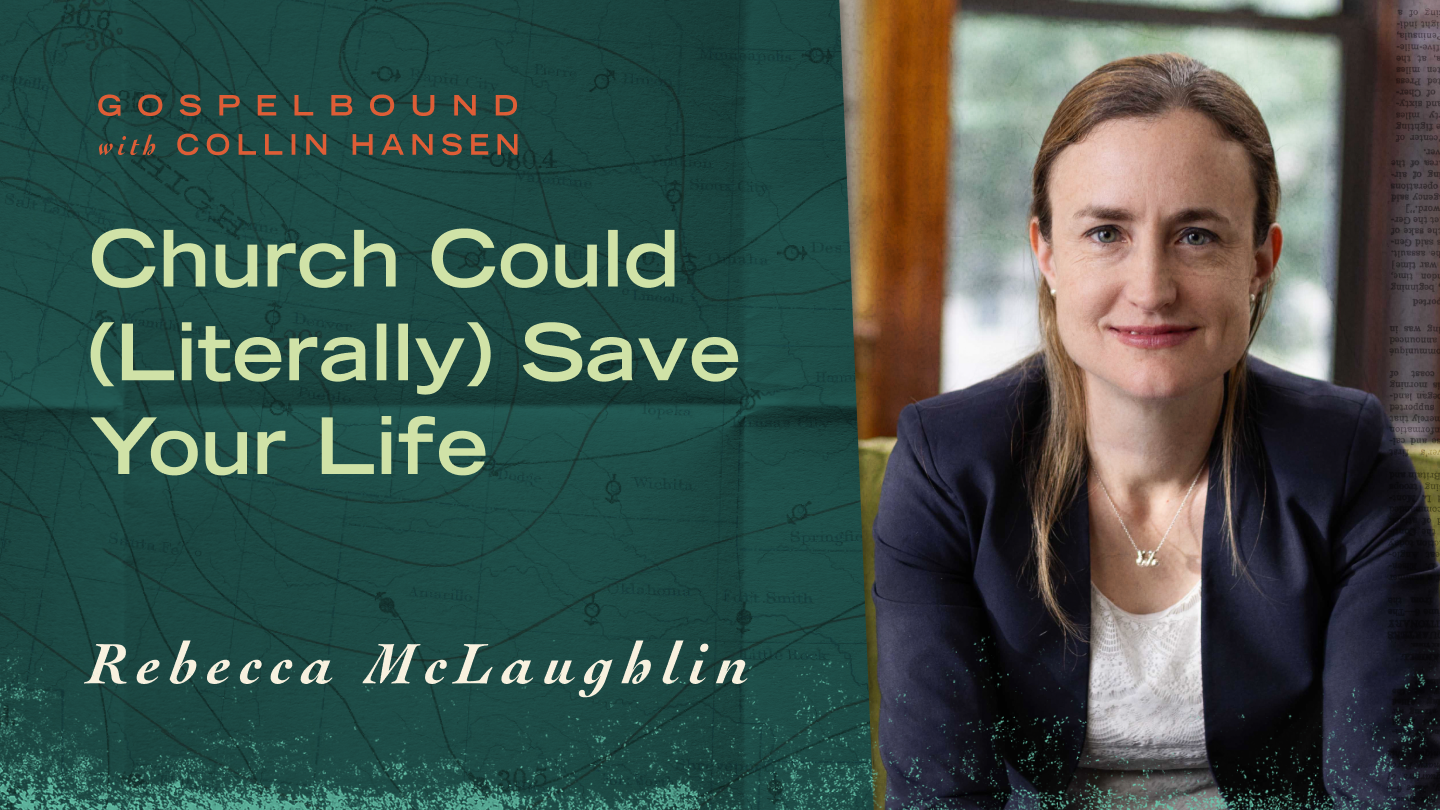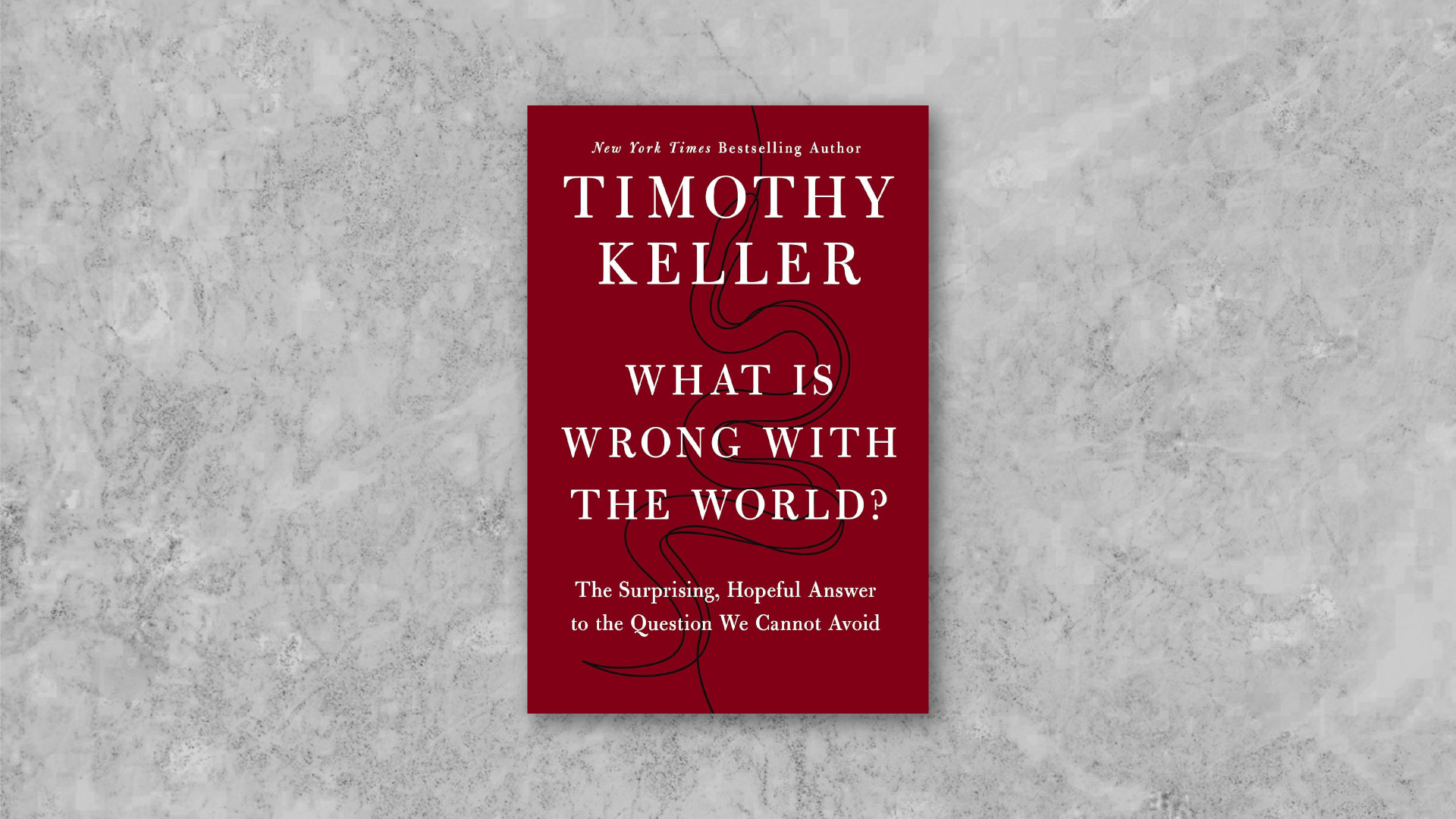
www.thegospelcoalition.org
Tim Keller on Sin and the Way Back to God
Several weeks ago, my husband and I packed all we own into a U-Haul and moved from a sleepy Southern town to a bustling New England city. Leaving behind old friends, family, and familiar stomping grounds has been hard. I’ve felt uprooted. I’m sure we’ll settle in, but right now everything feels unsettled.
But my sense of uprootedness goes even deeper than my recent move. The world around us seems to be rocking on its foundations. In recent months, my phone screen has been crowded with breaking news about train stabbings, school shootings, and public assassinations. As our culture bubbles over with stories of violence, darkness, and hate, everyone’s wondering what’s wrong with the world.
For many, the answer is political. For Tim Keller, the answer to this pressing question is spiritual: the sin in our hearts. What Is Wrong with the World? The Surprising, Hopeful Answer to the Question We Cannot Avoid is a collection of sermons from Keller’s early years at Redeemer Presbyterian Church in New York City. In these sermons—edited for publication by his wife, Kathy—Keller examines the nature of sin and its pattern of growth, as he provides pastoral answers for the feeling of uprootedness in the world.
Uprooted by Sin
Understanding sin begins with seeing it clearly in our own and others’ lives. The New City Catechism, whose publication Keller oversaw, defines it this way: “Sin is rejecting or ignoring God in the world he created, rebelling against him by living without reference to him, not being or doing what he requires in his law—resulting in our death and the disintegration of all creation.”
Keller’s sermonic explanations are consistent with this definition and other writings, but he often looks for concrete images to help explain the nature of sin. For example, he describes sin as “putting our roots into something besides God” (59).
Sin’s power is embodied in human thoughts, words, and deeds. Sin creeps over us, never satisfied until it has fully wrenched us from the nutrient-rich soil of our relationship with our Lord. “[Sin] has a power and vitality to it,” Keller warns. “And its job is to have you” (26). It’s described in Scripture as a predator, leaven, or leprosy because sin seeks to destroy from the inside out. Sin manifests in our lives as pride, self-deception, and idolatry.
Sin creeps over us, never satisfied until it has fully wrenched us from the nutrient-rich soil of our relationship with our Lord.
Keller draws these vivid images from Scripture, and he explains them through biblical theology. In his sermons about Cain, Saul, Jonah, Naaman, or David, he shows that the Bible is full of ordinary people whose sin nature led them to root their hope in temporary pleasures, which resulted in awful decisions. Sin affects us the same way.
Sometimes we like to think of sin as the evil deeds that make the news. When a school shooting or political violence occurs, we take comfort in distancing ourselves: Well, at least I’m not that bad. But we ignore the disturbing awareness that something is wrong within us too. “If we do not understand the essential spirit of sin—that a very religious, seemingly moral person can be just as bound by it as an irreligious or skeptical person,” Keller writes, “then sin stands a good chance of defeating us” (71).
Restored to God
Keller offers two keys to overcoming our sin: repentance and intimacy with God. In his final two chapters, Keller explores these themes through the lens of Psalm 51—David’s sin against God, Uriah, and Bathsheba.
Keller explains that “until you understand true repentance, the gospel will remain only an implicit, untapped power in your life” (178). Restoration to God is only possible through the gospel, and repentance is the necessary first step.
Leaning on the Puritan understanding of mortification, Keller breaks down repentance into four elements: seeing our sin as God sees it, confessing our sin, mourning our sin, and hating our sin. He argues that we must walk through all four stages to reach true repentance.
Only through this kind of repentance can we gain true intimacy with God. Repentance isn’t merely a turning away from our sin; it involves a turning to God. It draws our attention to his beauty, mercy, love, holiness, and justice. It opens our heart to want him, need him, receive him. It melts the metallic hardness of our hearts in the fire of God’s mercy and allows us to be reshaped by his grace. As Keller argues,
If we repent, God takes us to Jesus’s blood—and it petitions God to bless us with his grace, his mercy, and his salvation. It cries out, “Father, sin must be paid. I have paid for the sins of those who believe in me. It would be unjust for you to punish them, lest you receive two payments.” . . . Without Jesus, God’s justice is against us. With Jesus, God’s justice can be for us. (20)
Ultimately, it’s Christ’s sacrifice that enables us to repent and restore intimacy. The unrighteousness that unleashes evil on the world and in our hearts is no match for the work of Christ. “It is finished,” he said (John 19:30).
Fight Sin
Reading Keller’s sermons is different from reading his other books. He doesn’t offer a systematic analysis of sin’s effects as in Walking with God Through Pain and Suffering. Neither is this book primarily an apologetic argument for Christianity, like his 2008 book, The Reason for God. Fans of Keller’s essay-length endnotes, where he dives into philosophical and theological debates, won’t find those in What Is Wrong with the World? These are sermons, designed to answer big questions with everyday, pastoral application.
Repentance isn’t merely a turning away from our sin; it involves a turning to God.
Keller’s approach in these sermons is more like a biography of sin than a systematic theology. The exploration of the various biblical metaphors will benefit even seasoned students of Scripture. Yet this short book’s accessibility and practicality will open Keller’s thinking to new audiences, who might have been daunted by some of his other books. In What Is Wrong with the World?, Keller offers hope and clarity for those who feel uprooted by the evil in this world.














